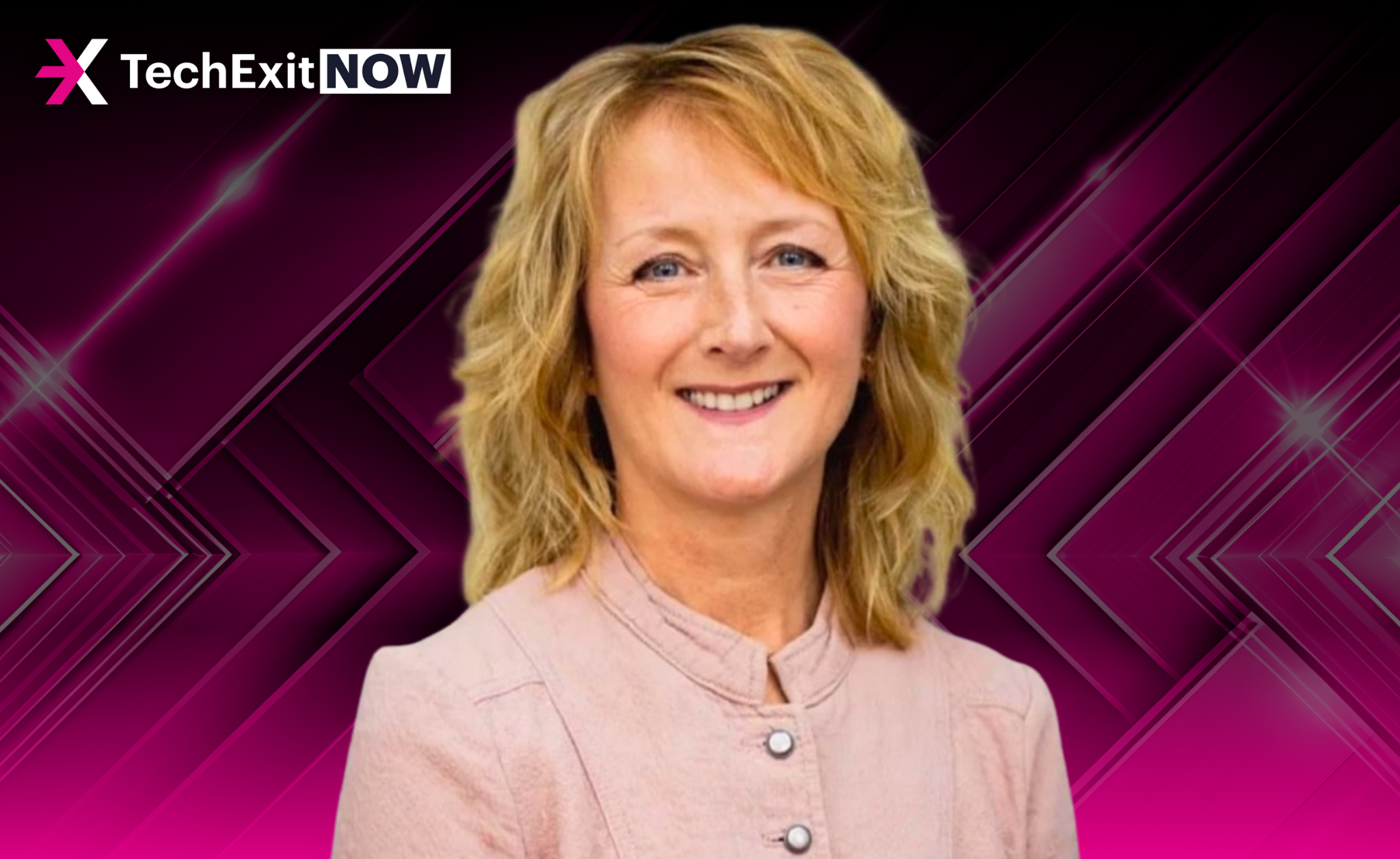When Laurie Schultz took the helm at Galvanize (formerly ACL) in 2011, the company was struggling with siloed management, outdated models, and flat growth.
Ten years later, Laurie led Galvanize to a $1.25B USD strategic acquisition by Diligent, making her one of the only Canadian female CEOs to achieve a billion-dollar exit.
However, her story isn’t one of deal chasing.
Instead, it’s about building the discipline, resilience, and relationships that made the company exit-ready long before a buyer came knocking.
Key takeaways:
- Culture first: Sustainable change starts with people, not financial engineering.
- Patient capital pays off: Bootstrapping creates the freedom to transform without pressure.
- Relationships are leverage: Build them early; they compound into negotiating power.
- Values drive valuation: Alignment sustains long after the exit.
This article explores how Laurie Schultz transformed Galvanize from a legacy audit software firm into a modern, SaaS-driven unicorn through smart culture shifts, disciplined execution, and strategic patience.
Discover the exact strategies Laurie used to build momentum, the mindset she relied on when navigating exits, and how those 4 lessons can equip today’s founders to build exit-readiness from Day One.
1. Culture As The Foundation
Laurie was hired not to restructure the finances, but to reset the culture. What she found was a tired organization where the leadership team worked in silos, employees lacked direction, and the company operated more like a collection of small groups rather than a unified business.
Her first move was simple but radical: listen.
She hosted 14 town halls in her first two weeks, asking employees what was working, what wasn’t, and what opportunities were being missed. Then she published the results and invited people to help decide what to do next.
“People were so shocked that I just asked them for their opinion. It’s like, well of course I’m going to ask you for your opinion and I’m going to share it with everybody and then you’re going to help me pick the best ideas.”
By promoting “change agents” from within and making authenticity a core value, Laurie created the trust and alignment needed to take bigger risks. Without that foundation, the rest of the transformation would not have stuck.
2. The Power Of Patient Capital
Galvanize’s business model was outdated, with nearly half of revenue coming from consulting. Laurie knew the company had to pivot to SaaS, but she also knew it wouldn’t be quick.
For the first four to five years, growth looked flat and profits dipped. But the quality of revenue improved dramatically as the company transitioned to recurring subscriptions. By the time of exit, 89% of revenue was recurring.
Because Galvanize remained bootstrapped for most of this journey, Laurie and her board never had to take money under pressure. That optionality gave her the freedom to make the hard transition on her own timeline.
At TechExit.io Toronto this year, optionality is one of our core themes because the strongest negotiating position is the ability to choose your own path, whether that’s raising capital, going public, or selling. See the full program here.
“Don’t ever be in a position where you have to get money. We never ever had to ask for money so we could take it if we wanted and we could leave it if we wanted.”
For today’s founders, the lesson is clear: profitability and patience give you the strongest negotiating position.
3. Relationships As Strategy
While transforming the company, Laurie also invested heavily in building relationships.
She and founder Harold Will spent 10–15% of their time meeting with private equity firms, strategics, and bankers. They didn’t share deep financials, but they consistently outlined where the company was headed and then delivered on those promises.
That consistency earned trust.
So, when inbound interest spiked in 2020, Laurie already had multiple bidders ready to engage, creating the competitive tension that led to a billion-dollar exit.
As Laurie explained: “We probably spent 10 or 15% of my time over all the years just getting to know them… and after saying what we were going to do and then doing what we said, we built huge credibility. Many of those conversations were part of our outcome.”
Relationships don’t pay off overnight, but when the time comes, they create options you can act on.
4. Values Drive Valuation
When the time came to choose investors and acquirers, Laurie didn’t just focus on price. She evaluated every option against a “valuation versus values” framework, weighing cultural alignment and strategic fit as much as financial terms.
We didn’t just create a great company; we created great leaders. At the end of the day, that’s our real job as leaders, to develop and incubate the next generation of leaders.”
In the end, this discipline ensured Galvanize partnered with a buyer who respected its people and its customers, not just its revenue.
Final Word For Founders
Laurie often talked about Galvanize’s “billion-dollar heat map”, a disciplined framework that kept the company focused and self-funding.
But what really made the outcome possible was her consistency: investing in culture, protecting optionality, building long-term relationships, and holding firm to values.
“We had a billion-dollar heat map, and we were very methodical. We stayed self-funding because we had discipline around our destination and the route to get there.”
For founders, the lessons are timeless:
- Build culture before strategy.
- Stay patient and protect optionality.
- Relationships create leverage.
- Choose partners who share your values, not just your price.
Exits aren’t random events, they are the outcome of years of preparation and discipline.
Laurie’s story is proof that even a company once written off can become a billion-dollar success.
TechExit.io: Learn how to acquire—or get acquired. Hear lessons from the biggest success stories and at this year’s TechExit.io Toronto explore how optionality and discipline keep every path open, from growth and IPO to acquisition.


